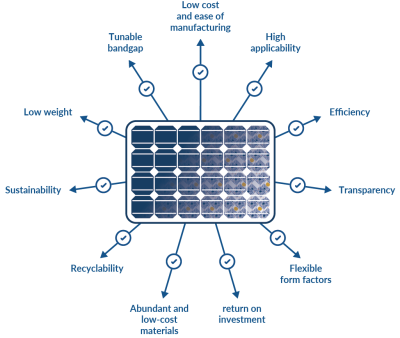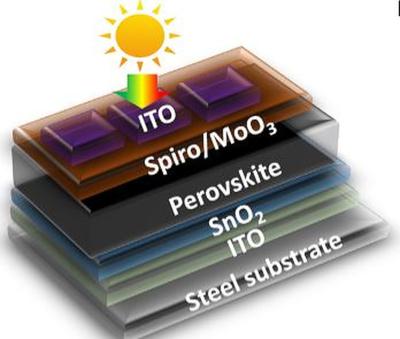Renshine Solar announces large perovskite modules with 18.4% efficiency
China-based RenShine Solar has announced that following the completion and commissioning of its 150MW perovskite photovoltaic module project in January, 2024, the Company's 1.2*0.6㎡ commercial size single-junction perovskite was certified by the China Institute of Metrology. The steady-state efficiency of the entire module area reportedly reaches 18.4%.
The production line aims to achieve mass production of 1.2m*0.6m perovskite modules with 20% efficiency by mid-2024. It plans to develop gigawatt-scale production lines to further expand its capacity.








